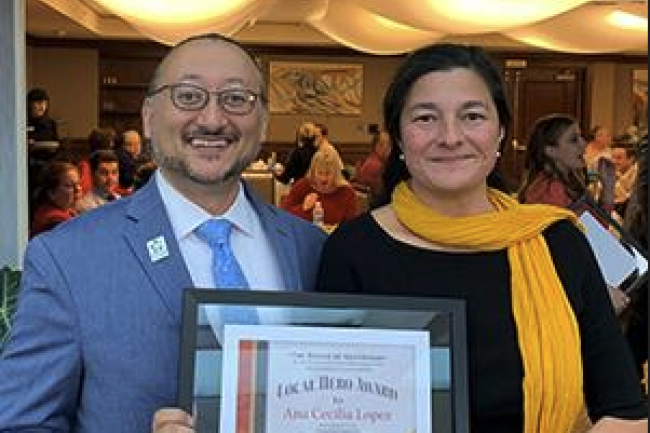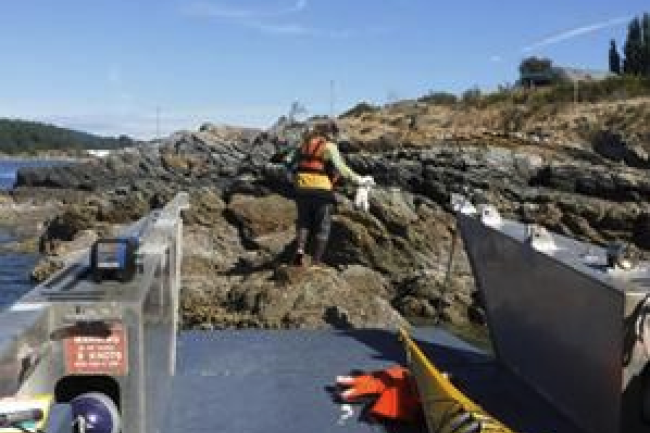Faculty Highlights
How Secure are Abortion Rights in Washington?
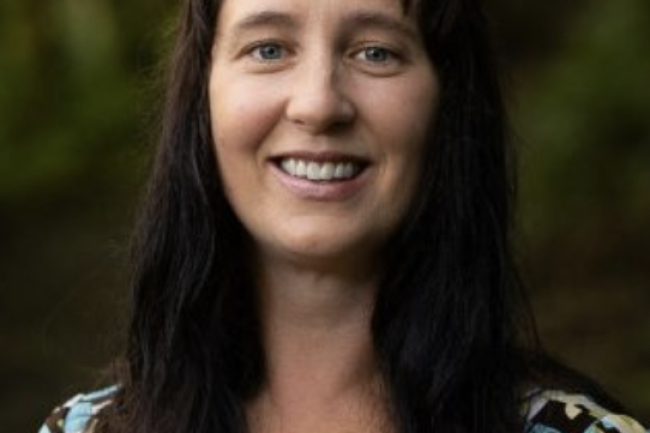
Fairhaven’s Hilary Schwandt discusses her work in reproductive healthcare both in Africa and in Washington State
5 Ways Instructors Are Including Anti-racism in Roots Music Studies

Mark Miyake teaches bluegrass within a curriculum prioritizing social justice at Fairhaven College at Western Washington University and notes that while numerous bluegrass music-focused organizations are honoring specific under-acknowledged individuals as a part of their history, there is much more that these groups should be doing.
Mark co-wrote an article on anti-racism in string band music studies for No Depression magazine.
John Feodorov’s exhibition, “Assimilations,” at CUE Art Foundation
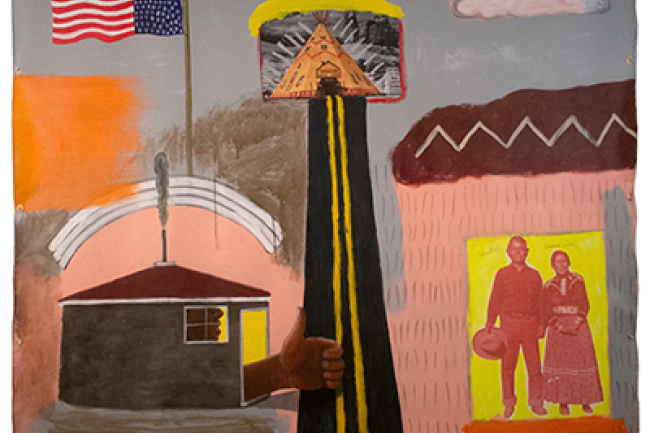
John Feodorov’s exhibition, “Assimilations,” at CUE Art Foundation recounts what Native Americans lost, culturally, under European colonization: language, religion and history. His crude, faux-naïve and elegantly composed paintings are the best works in the show. Enlarged family photographs and an installation with a Bible translated into Navajo, juxtaposed with a recording of the artist’s mother and grandfather singing Navajo songs, add to the overall, devastating effect.
The New York Times: 3 Art Gallery Shows to See Right Now
Gardens of Political Transformation: Indigenism, Anarchism and Feminism Embodied

Latest publication by Dr. Mary Tuti Baker
Anarchist Developments in Cultural Studies, 2021.1
Abstract
Mary Tuti Baker is an Assistant Professor at Western Washington University, where she enjoys joint appointments in Canadian and American Studies, Salish Sea Studies, and at Fairhaven College. A Kanaka Maoli scholar, she earned her PhD in Political Science from the University of Hawaiʻi at Mānoa with specializations in Indigenous Politics and Futures Studies. Her research examines the relationship between Kanaka Maoli values and practice and the politics of decolonization.
Gardens of Political Transformation: Indigenism, Anarchism and Feminism Embodied
Fairhaven's Babafemi Akinrinade discusses new book on mass atrocities and international law in Africa

WWU Professor of Interdisciplinary Studies Babafemi Akinrinade recently sat down with Western Today to talk about his new book, “Atrocity Crimes, Atrocity Laws and Justice in Africa.”
Read full article in Western Today
Stan Tag: Thoreau-Wabanaki Trail: The Trip Begins

The historic trip commemorating the 150th Anniversary of Thoreau's trip through the Maine Woods starts off in the rain -- but spirits will not be dampened.
1) Thoreau-Wabanaki Trail: The Journey Begins
2) Thoreau-Wabanaki Trail: Deep Respect for the Rapids
3) Thoreau-Wabanaki Trail: What the Poet Sees
4) Thoreau-Wabanaki Trail: A Frog's Eye View
Babafemi Akinrinade: Atrocity Crimes, Atrocity Laws and Justice in Africa (2021)

Atrocity Crimes, Atrocity Laws and Justice in Africa provides a detailed analysis of the law and practice of international criminal justice in atrocity situations within Africa. Using the framework of atrocity law and justice, it examines national, regional, and international trials for atrocity crimes, including trials before foreign courts, while paying attention to the challenges posed by extradition laws to the attainment of justice. The book also discusses quasi-criminal processes adopted by some countries for bringing perpetrators to justice. It notes the politics of and the tensions within international criminal justice, the unending challenges to the existing framework by African countries, and the possibility of the emergence of an alternative or complementary regional criminal justice system.
Link to Babafemi Akinrinade's profile
Mary Baker Learning and Living in Solidarity: A Conversation with/from Hawai'i

Learning and Living in Solidarity: A Conversation with/from Hawai'i
This event took place on March 25th 2021 as a part of an ongoing dialogue on the meanings of solidarity and to carry forward what we planned from 2020.
The dialogue is with Dr. Noelani Goodyear-Kaʻōpua, Dr. Kyle Kajihiro, Dr. Cynthia Franklin, Dr. Candace Fujikane, and Dr. Mary Tuti Baker.
Learning and Living in Solidarity: A Conversation with/from Hawai'i
John Bower: Changes in Marine Bird Abundance in the Salish Sea: 1975 to 2007

Received 21 January 2009, accepted 14 March 2009
SUMMARY
BOWER, J.L. 2009. Changes in marine bird abundance in the Salish Sea: 1975 to 2007. Marine Ornithology 37: 9–17.
Despite worldwide examples of marine bird declines, relatively little study of marine bird population changes in the Salish Sea has been
undertaken. The 1978/79 Marine Ecosystems Analysis (MESA) Puget Sound Project provided baseline data for wintering marine bird
abundance for the southern Strait of Georgia and northern Puget Sound. Subsequently, comprehensive census work has been limited to
aerial surveys (1990–present) by the Puget Sound Ambient Monitoring Program (PSAMP), shore-based and ferry surveys by Western
Washington University (WWU) of marine bird abundance (2003–present), and Christmas Bird Counts (CBCs, 1960s–present). I use these
three surveys to evaluate changes in non-breeding-season marine bird abundance in the Salish Sea. Comparison of WWU data from 2003
to 2005 with 1970s MESA data from the same locations shows significant declines in 14 of the 37 most common overwintering Salish
Sea species, including 10 species that declined by more than 50%; seven species showed significant increases over that time period. The
order of species, from those showing the most declines to those showing the greatest increases, showed a significant correlation between
the PSAMP and WWU studies. Western Grebe Aechmophorus occidentalis, scaup (primarily Greater Scaup Aythya marila), and Marbled
Murrelet Brachyramphus marmoratus showed significant declines in all three studies. The Common Murre Uria aalge, not included in the
PSAMP study, showed significant declines of more than 80% in the WWU and CBC studies. Significant declines occurred in species of
four of the five feeding guilds, including piscivores, benthivores, omnivores and planktivores, and significant increases were seen in species
of three feeding guilds, demonstrating that the factors affecting species abundance are complex and may be unique to each species. The
WWU study largely corroborates declines documented by the PSAMP study, and analysis of 11 Salish Sea CBCs found the fewest species
with significant declines. Long-term monitoring, including continuation and expansion of low-cost monitoring such as the WWU survey,
and citizen-science efforts such as the BC Coastal Waterbird Survey (1999–present) and the Seattle Audubon Society’s new Puget Sound
Seabird Survey, will help to determine how future environmental changes in the Salish Sea marine ecosystem and beyond affect migratory
and resident marine bird populations.
Download the full paper CHANGES IN MARINE BIRD ABUNDANCE IN THE SALISH SEA: 1975 TO 2007
Two part article about the research:
http://www.whatcomwatch.org/php/WW_open.php?id=496
Midori Takagi: Is the Staged Vagina Always White?
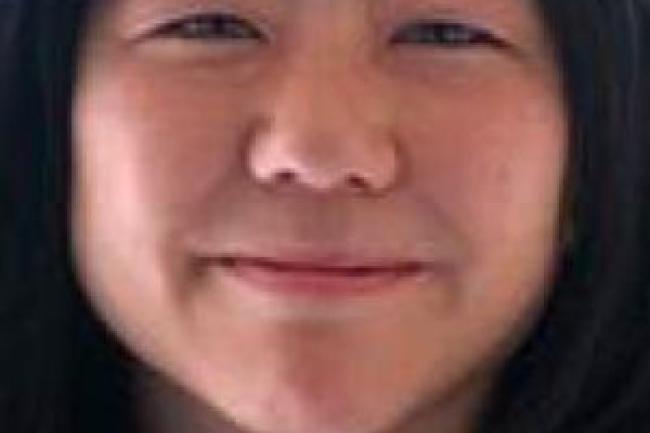
Abstract
In 2003 the Women’s Center, a student-led organization, at Western Washington University opened a new show called The Vagina Memoirs. This new program replaced the annual V Day production of Eve Ensler’s 1996 play The Vagina Monologues (TVM) with the argument that Ensler’s approach was “racist and transphobic” (Kato, H. 2013, personal communication, June). This piece, however, is not to debate the Vagina Monologues, but to use it as a starting point to discuss the problems with producing documentary plays that focus on the self and the “free” ability or “choice” that artists have in presenting “truths” about themselves especially when the group is constituted by racial and sexual minorities. People of color and sexual minorities have not and are not afforded the same freedoms to voice their experiences because of historical and structural factors that limit who gets to speak, what they are “permitted” to say, and whether their messages are actually understood and heard. As I argue below, while the presentation of diverse voices within documentary plays suggests a level of egalitarianism, equity and choice, this façade masks how relations of power affect the gathering, writing, and the public production of minority lived experiences. I discuss these problems within the context of the experiences that have occurred on my campus and the students’ creation of their own documentary play called the Vagina Memoirs.
Keywords: The Vagina Monologues
DOI: 10.7176/JEP/10-21-13
Publication date:July 31st 2019
John Bower: Once There Were Thousands

'Once There Were Thousands:' John Bower researching the declining numbers of Salish Sea marine birds.
Once there were thousands, now there are hundreds.
The number of marine birds in Salish Sea have been greatly reduced over recent decades, according to research by John Bower, a professor at Western Washington University’s Fairhaven College of Interdisciplinary Studies.
Bower’s research reveals an alarming drop in many seabird populations; since 1979, 25 out of the 37 species he surveyed have shown population declines. Out of those 25 species, 12 of them lost more than 60 percent of their populations between 1979 and 2005.
“You could go out in the 1970s in the winter and see thousands of Western grebes every day. Now you are lucky if you see 100,” Bower said. “When you realize that this part of the world has only been settled by non-native peoples for 150 years, it is startling how quickly we have caused major declines in the numbers of marine birds in the Salish Sea.”
Bower’s research compares data collected by multiple studies: the Marine Ecosystem Analysis (MESA) in 1978 and 1979, Puget Sound Ambient Monitoring Program (PSAMP) from 1990 to the present, and his own data from 2003 to the present.
Other birds that Bower’s research show to be in decline locally also include the common murre, red-throated loon, marbled murrelet, Bonaparte’s gull and Brandt’s cormorant.
“There has been some research showing major declines, and my research is designed to independently test that research,” Bower said. “I knew there were declines, but when we did our work and continue to do our work, we mostly corroborate those findings. There are about 13 species of the 40 or so species that are common in our water showing very significant declines. So, yes, it is a little shocking.”
Bower conducted his research by counting birds along ferry paths and from points along the shoreline from Whidbey Island all the way up to near Vancouver, B.C. He counted birds with the help of about a dozen Western Washington University students, over a two-year period. In each research team, two of the students used binoculars and scopes to count bird species and two interns recorded the census data. Between 2003 and 2005 they conducted 1584 counts at 111 shore locations in northern Puget Sound and counted from three ferries every month. Bower chose the locations and ferry paths to match MESA’s methodology.
Read the full article in Western Today
